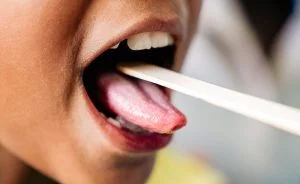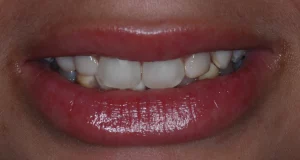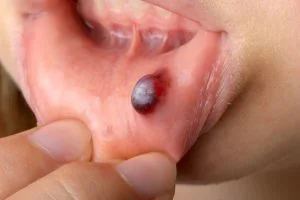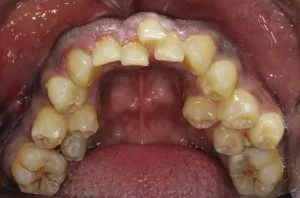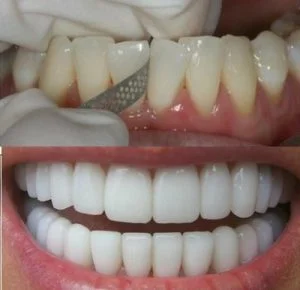Miscellaneous Dental Diseases
What are miscellaneous dental diseases?
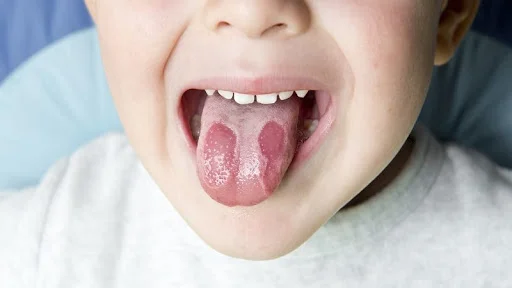
Have you ever had toothache or sensitivity when drinking very hot or cold drinks? These symptoms could be indicative of dental disease.
Common dental diseases are grouped under the heading ‘miscellaneous’ because they include different conditions that are not directly related to caries or periodontal disease, which are the most frequent oral pathologies.
Frequent Miscellaneous Dental Diseases

Some of the more common miscellaneous dental diseases are:
Canker sores:
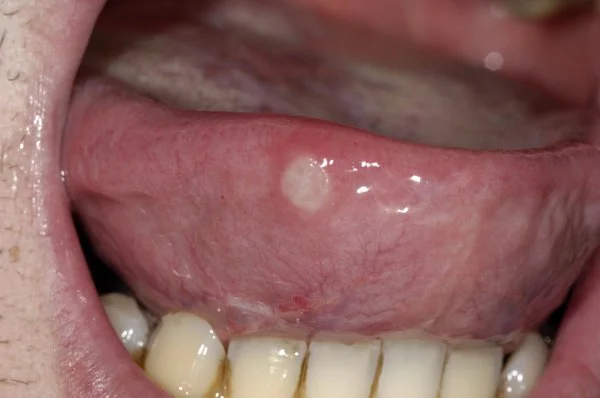
are small, painful sores that form in the mouth, often on the tongue, gums, or inside the lips. They usually go away on their own in a few days. But they can be treated with mouthwashes and over-the-counter medications to reduce discomfort and pain.
Dry mouth syndrome:
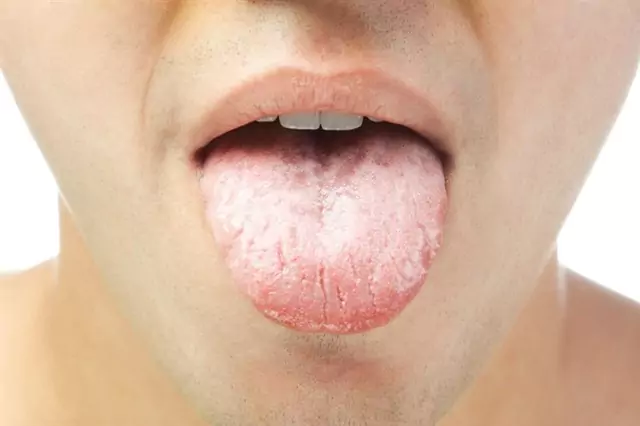
xerostomia, decreases saliva production, a situation that can be a consequence of some medications, medical disorders, stress, dehydration, or aging.
Gingivitis:
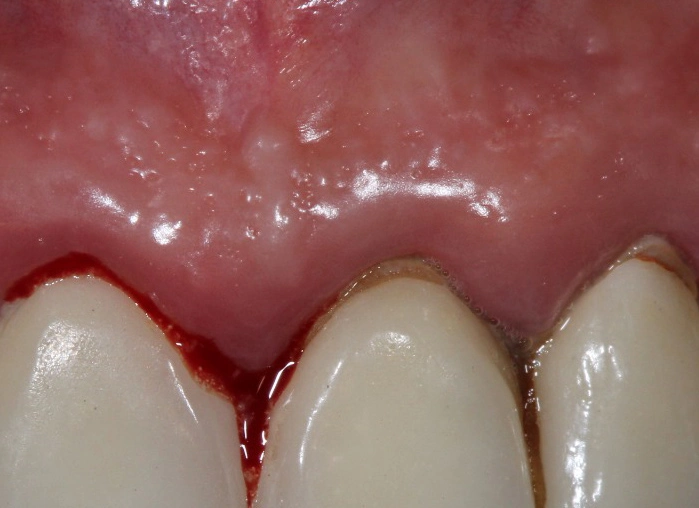
is an inflammation and bleeding of the gums, a consequence of the accumulation of dental plaque. If left untreated, it can progress to more serious periodontal disease.
Root cavities:
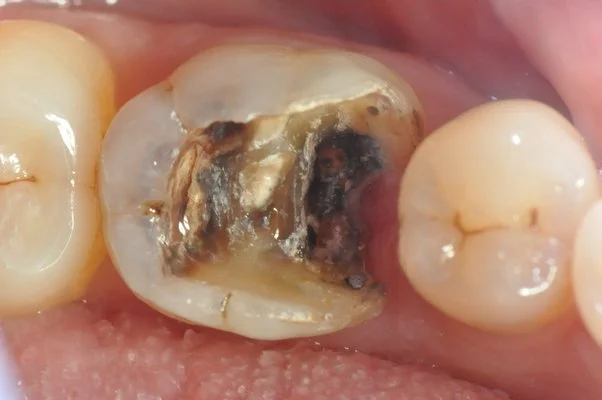
are in the roots of the teeth due to receding gums, a situation that exposes the root of the tooth to bacteria and dental plaque. Root caries can be painful and trigger tooth loss. Older people and those who have periodontal diseases are more prone to developing this pathology.

19 Natural Antibiotics to Ward Off Any Dental Infection
Sign up to receive daily email dentist tips and challenges, as well as our comprehensive Better smile Guidebook.
Halitosis:
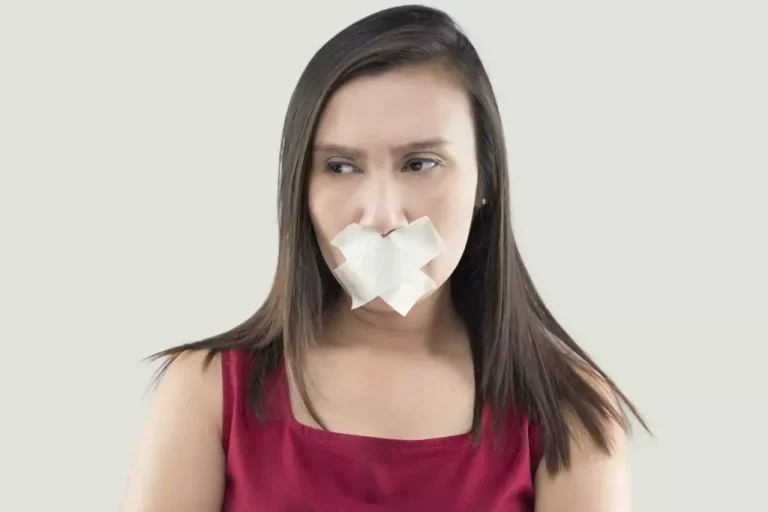
or bad breath can be a consequence of different factors such as food, poor dental hygiene, and certain diseases. Chronic halitosis can be a sign of an underlying disease, such as periodontal disease or acid reflux.
Geographic tongue :
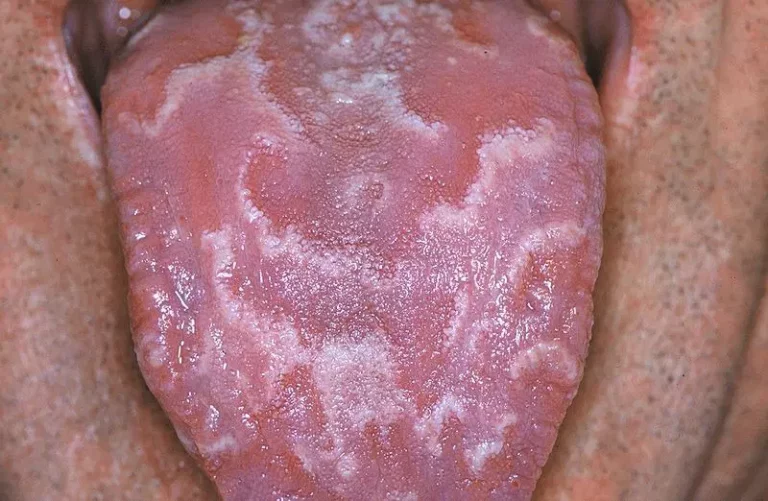
is a pathology in which red and white patches are observed on the tongue, giving the appearance of a map. It is not dangerous, but it can be uncomfortable and affect the taste of food.
Oral lichen planus:
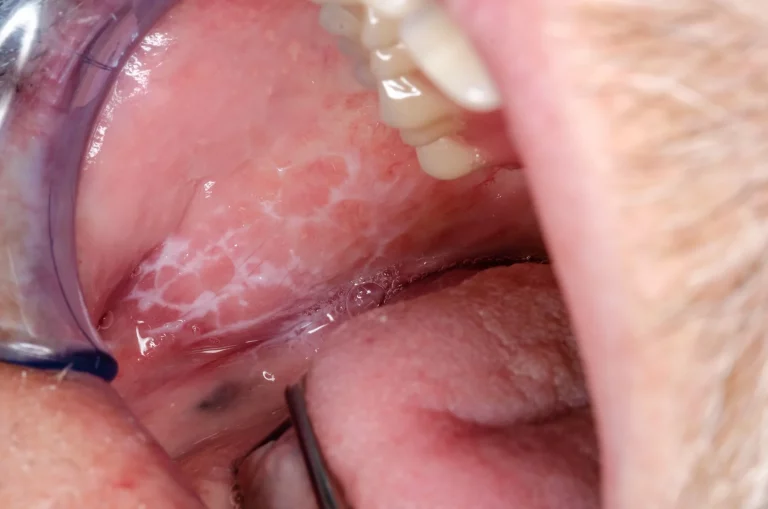
is an autoimmune disease that impacts the oral mucosa, triggering the formation of white or red sores. It can be painful and affects the ability to eat and speak.
Pulp necrosis:
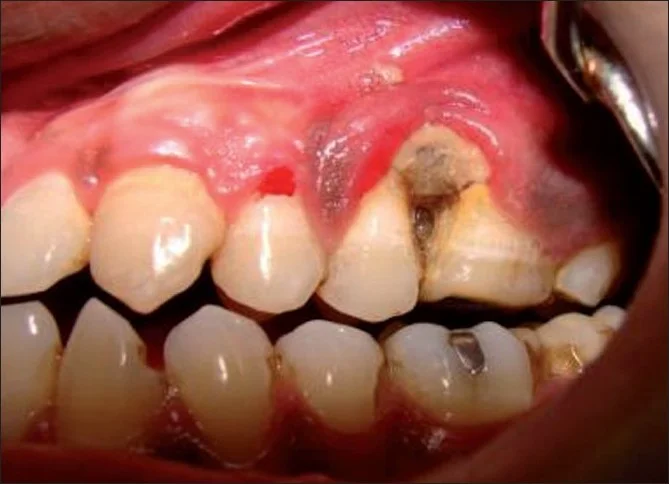
it is a serious infection that alters the gums and the bone that supports the teeth. It is characterized by the death of gum cells and the formation of ulcers in the mouth. It can be very painful and lead to tooth loss. Immunocompromised people and those who smoke are more prone to developing it.
Burning mouth syndrome:

It is a condition in which a burning sensation is experienced in the mouth, without an apparent cause. It can be very uncomfortable and make it difficult to eat and talk.
Find professional care for these diseases.
The prevention and reduction of the impact of the different miscellaneous diseases that can impact oral health require the practice of good oral hygiene, as well as periodic visits to the dentist to be aware of any symptoms and implement the required therapeutic measures. Early treatment helps to maintain good oral health condition.
On this website, you will find different articles that provide you with extensive information on these pathologies, their prevention, management, and treatment.
You can also consult our directory of professionals, where you can find different care options with renowned dentists.

19 Natural Antibiotics to Ward Off Any Dental Infection
Sign up to receive daily email dentist tips and challenges, as well as our comprehensive Better smile Guidebook.
Our Doctor
Meet Doctor
Dr. Andreas
Dental specialist

19 Natural Antibiotics to Ward Off Any Dental Infection
Sign up to receive daily email dentist tips and challenges, as well as our comprehensive Better smile Guidebook.




